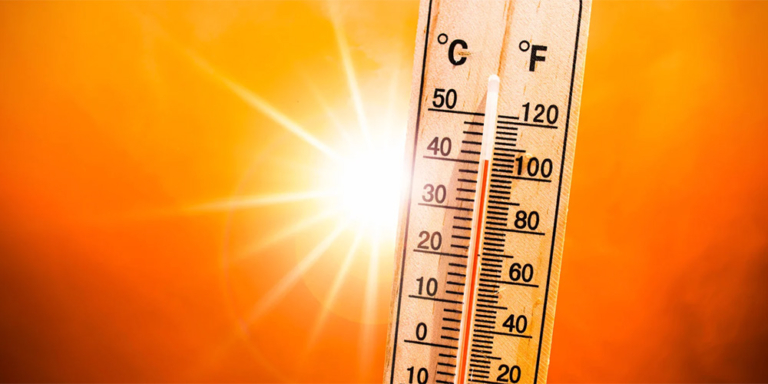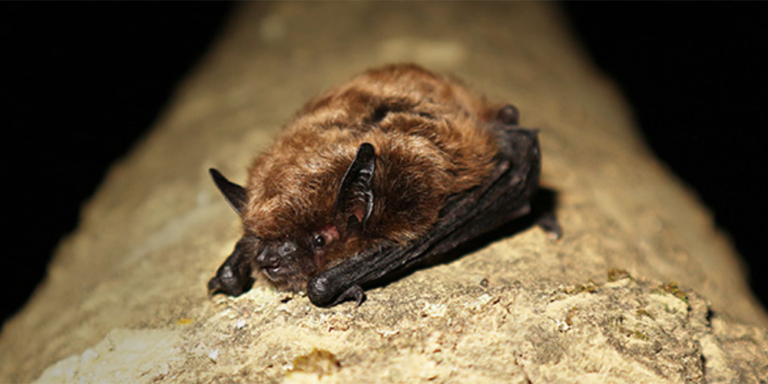In a world where climate change is a hot topic, it turns out that the answer might partly lie in something quite small and, frankly, a bit smelly – pika poop!
Researchers at the University of British Columbia Okanagan are on a mission, not just any mission, but a poop-scooping quest with a significant purpose.
Their target?
The American pika is a cute, small animal living in the high-altitude alpine of BC and Alberta.
Pikas are not related to rodents but are lagomorphs, close relatives to rabbits and hares.
But Why Pika Poop?
Pikas, as a species, are, unfortunately, declining in numbers. That makes them an important ‘indicator species’ for the impacts of climate change.
To unravel the specifics behind their decline, scientists are diving into the genetic secrets hidden in pika poop.
Yes, every little dropping is a goldmine of information!
By analyzing the environmental DNA (eDNA) in their scat, researchers can understand everything from pika family relationships to their place in the food web.
It’s like CSI: Wildlife Edition.


The Goal?
The researchers hope to use this innovative, poop-centric approach better to understand the ecological consequences of our rapidly changing environment.
It’s a quest to help the pika thrive and gain insights into how climate change affects the alpine ecosystems where these critters live.
The American pika lives in barren, rocky habitats with little soil and vegetation. They are like a canary in a coal mine for climate change.
Rising temperatures, shrinking habitats, and changing food sources make life tough for these little guys.
As forests climb to higher elevations due to warming temperatures, pikas lose their alpine meadow homes.
Moreover, the warmer weather challenges finding food and reduces the winter snowpack they depend on for insulation during hibernation.
A Glimmer of Hope?


Thanks to advancements in DNA sequencing technology, it’s becoming easier and more affordable to study these changes.
Researchers are tracking individual pikas, monitoring the interconnectedness of different populations, and recording their evolution in near-real time.
This work could revolutionize how we study sensitive species like the pika and offer early warnings for broader environmental impacts.
The American pika, thus, emerges as a ‘climate sentinel,’ providing a crucial barometer for the health of our most sensitive ecosystems.
However, despite some US populations adapting with stable populations, the overall forecast is for widespread decline, particularly in Canada. The further north we go, the more dramatic are climate change effects.
The pika’s poop, despite its unappealing nature, holds the key to understanding these complex ecological dynamics.
The promise of this research is immense, offering a non-invasive, cost-effective way to monitor and potentially witness a species’ evolution in response to climate change.
So, the next time you’re hiking in western Canada and hear a pika’s characteristic ‘eep,’ remember, their little droppings are making a big impact in our understanding of a changing world!






